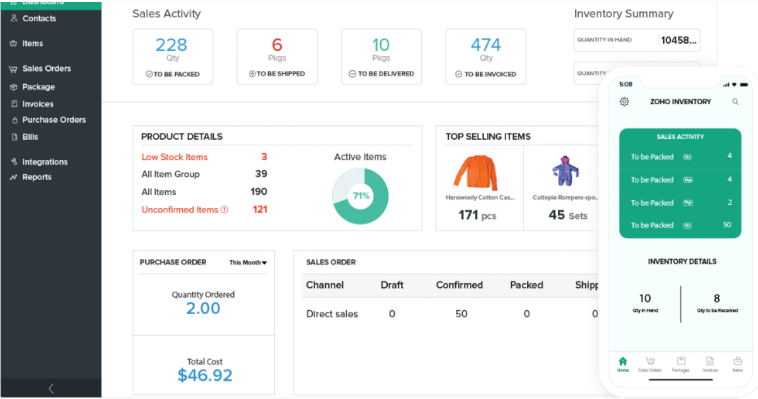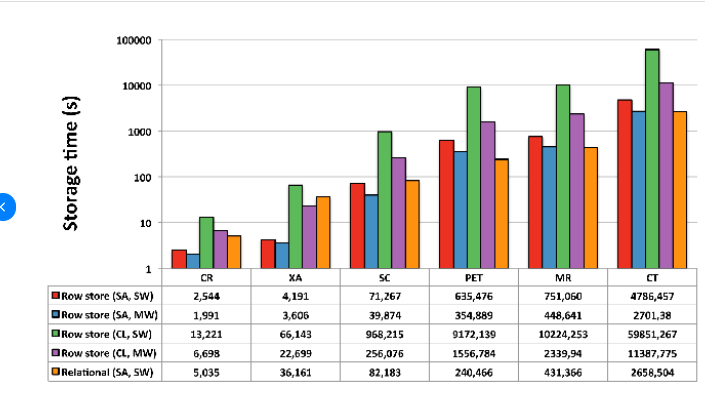Here are several methods to confirm the stock quantity of T – shirts in a garment factory:
1. Physical Counting
Manual Counting: This is the most straightforward method. Workers physically count each T – shirt in the stockroom. They can count them in batches, for example, counting a stack of 10 T – shirts at a time and then multiplying the number of stacks. To ensure accuracy, two people can count the same batch independently and then compare the results.
Using Barcode or RFID Technology: If T – shirts are labeled with barcodes or have RFID (Radio – Frequency Identification) tags, you can use handheld scanners. As each T – shirt is scanned, the system records the count. Barcode scanners are relatively inexpensive and easy to use. RFID technology is more advanced and can read multiple tags at a time, which is useful for large – scale stock – taking operations. The data from these scans can be directly uploaded to a computer system for inventory management.

2. Inventory Management Software
Stock – Keeping Unit (SKU) System: Each type of T – shirt, differentiated by factors such as size, color, and style, is assigned a unique SKU. The inventory management software keeps track of the quantity of each SKU in stock. When T – shirts are received or shipped, the software updates the stock levels. For example, if you have a batch of 500 white, size – medium, crew – neck T – shirts with the SKU “WMCR – M – 001”, the software records the initial quantity and then reduces it as orders are fulfilled.
Periodic Reconciliation: The software’s stock records should be reconciled with the physical count regularly. This helps identify any discrepancies due to errors in data entry, theft, or damage. If the software shows 1000 units of a particular SKU, but the physical count reveals only 900, you need to investigate the cause, such as unrecorded shipments or incorrect receiving records.

3. Production and Receiving Records
Production Records: Review the production records to determine how many T – shirts of each type were manufactured. These records include details such as the number of units cut, sewn, and finished for each production run. For example, if the production log shows that 2000 T – shirts were produced in a particular style last week, and you know the number of units shipped since then, you can calculate the current stock.
Receiving Records: Keep track of all incoming shipments of T – shirts, whether they are raw materials (like fabric for making more T – shirts) or finished products from other suppliers. The receiving records should include the quantity, description, and date of arrival. By adding up all the received T – shirts and subtracting the shipped quantity, you can estimate the stock on hand.

4. Sampling and Estimation (for Large Quantities)
Statistical Sampling: In cases where the stock of T – shirts is extremely large, it may not be practical to count every single item. Instead, you can use statistical sampling. For example, randomly select a sample of 10% of the T – shirts from different storage areas and count them accurately. Then, based on the sample count and proportion, estimate the total quantity of the entire stock. However, this method has a margin of error and is more suitable for getting a quick approximation rather than an exact count.


